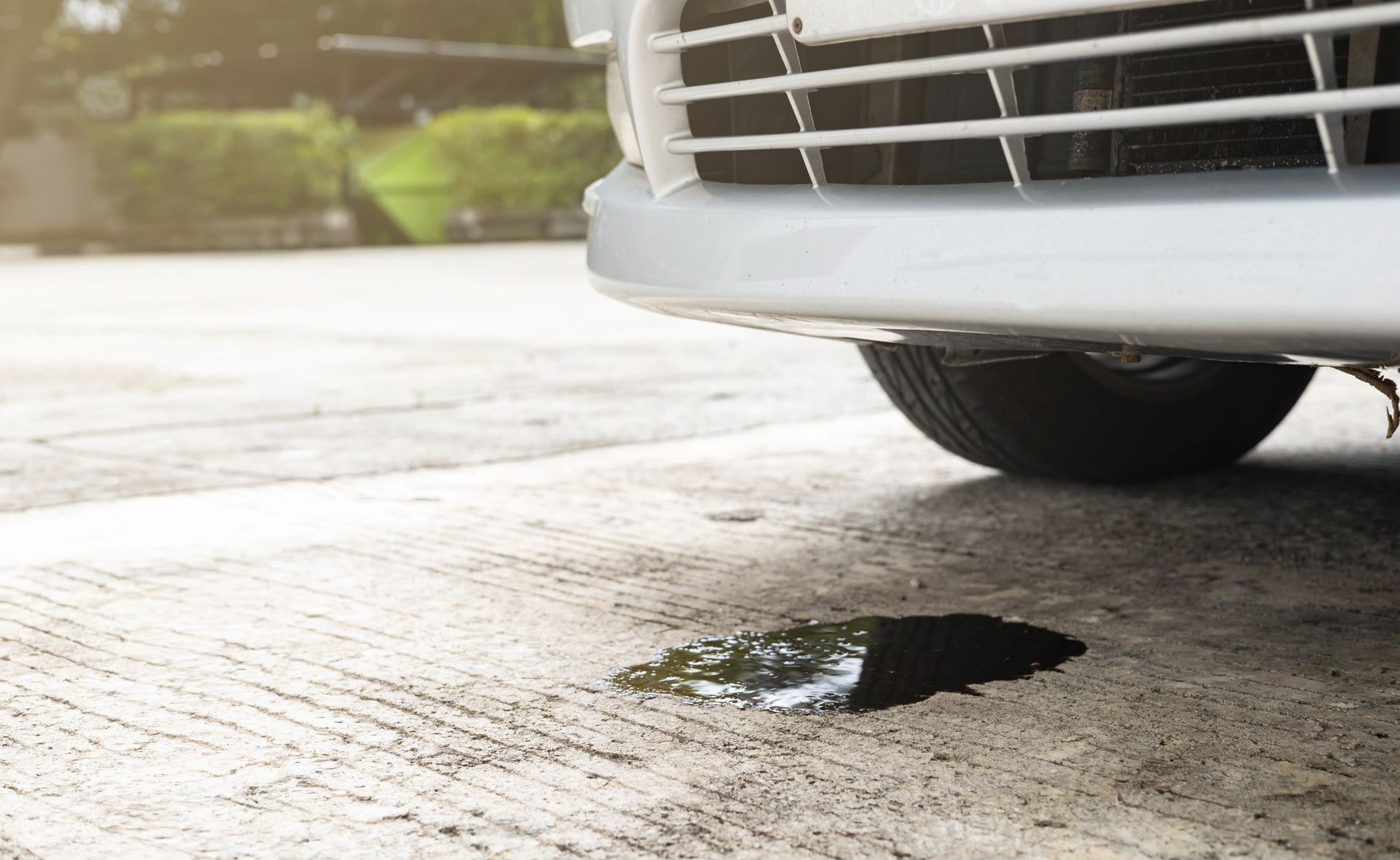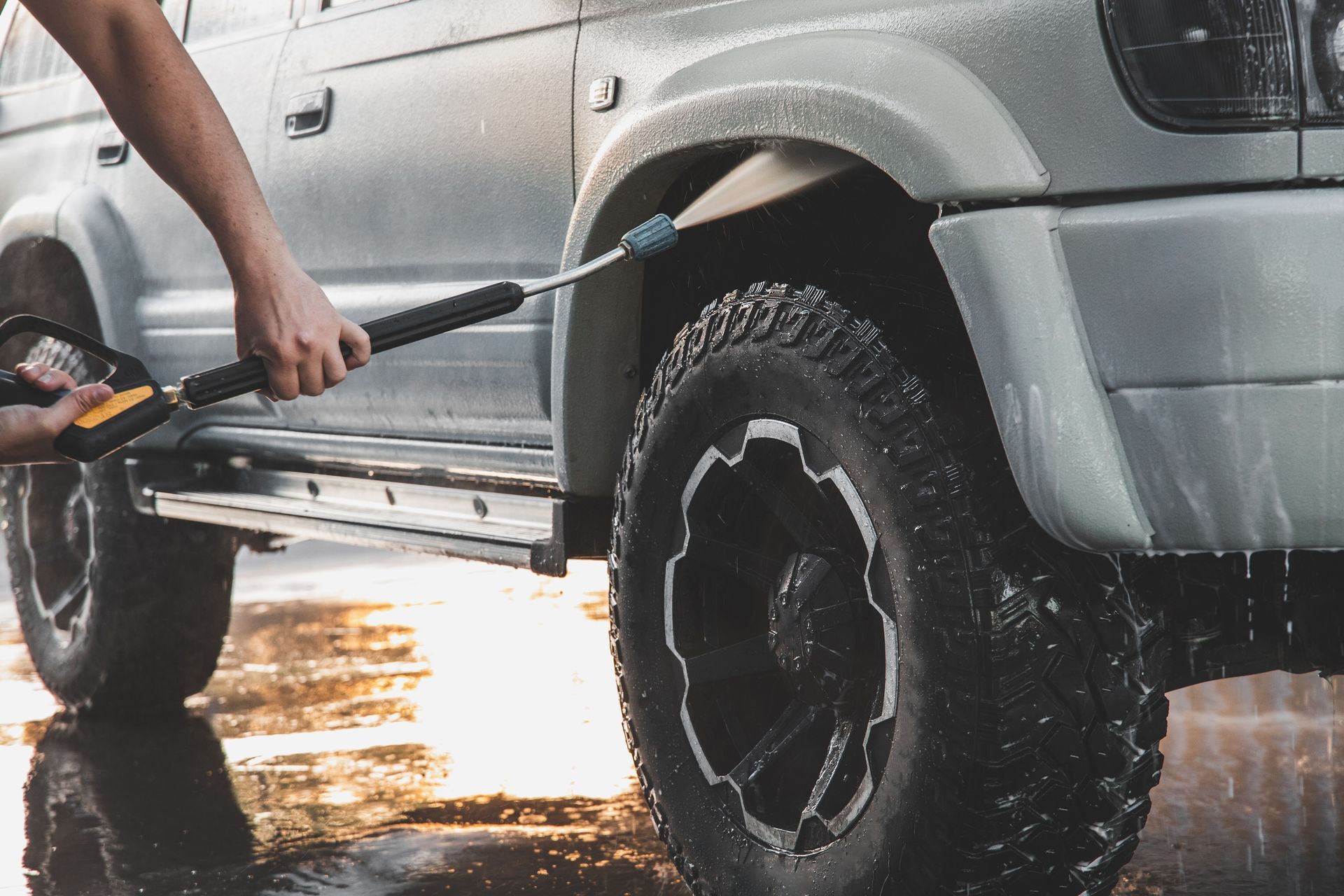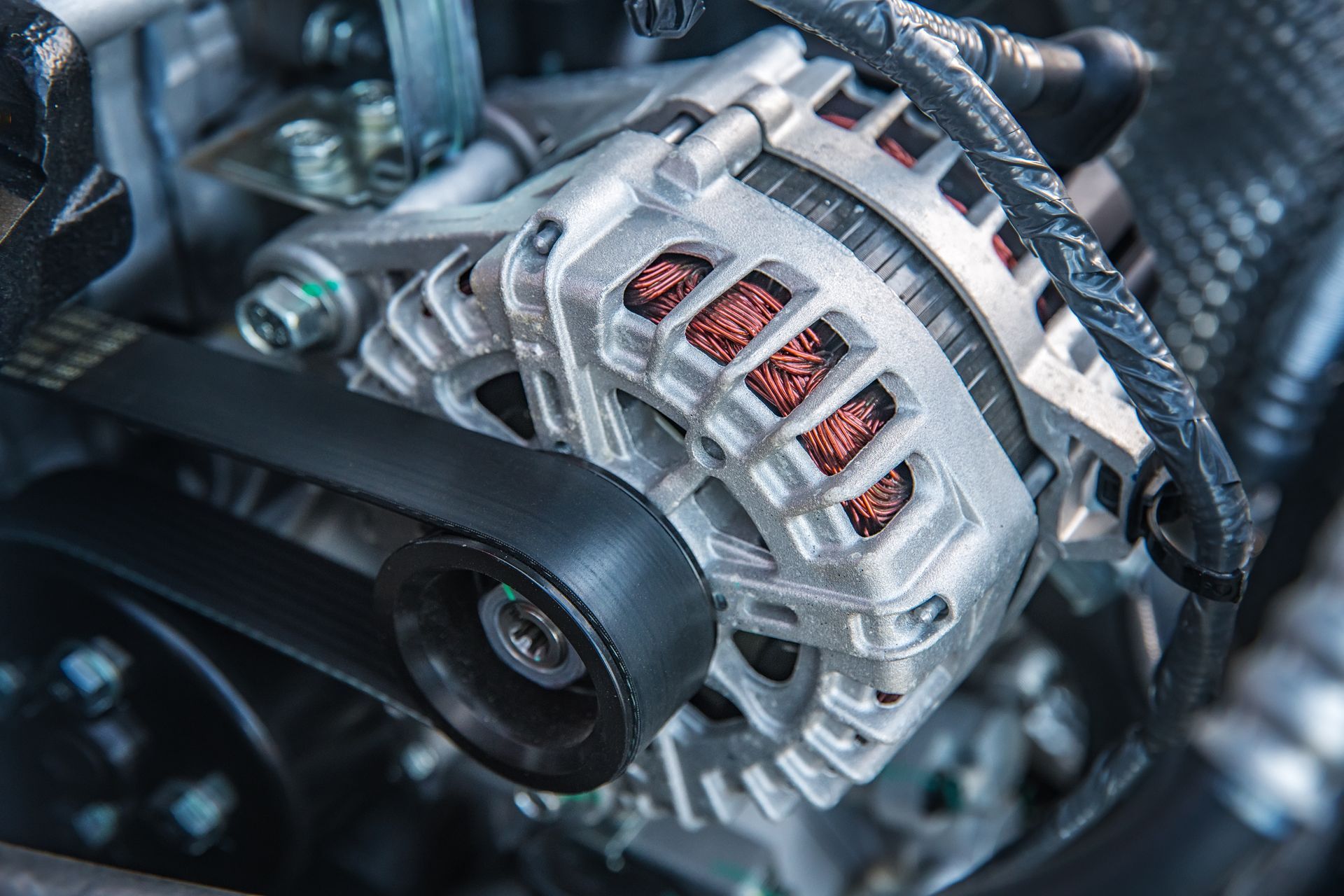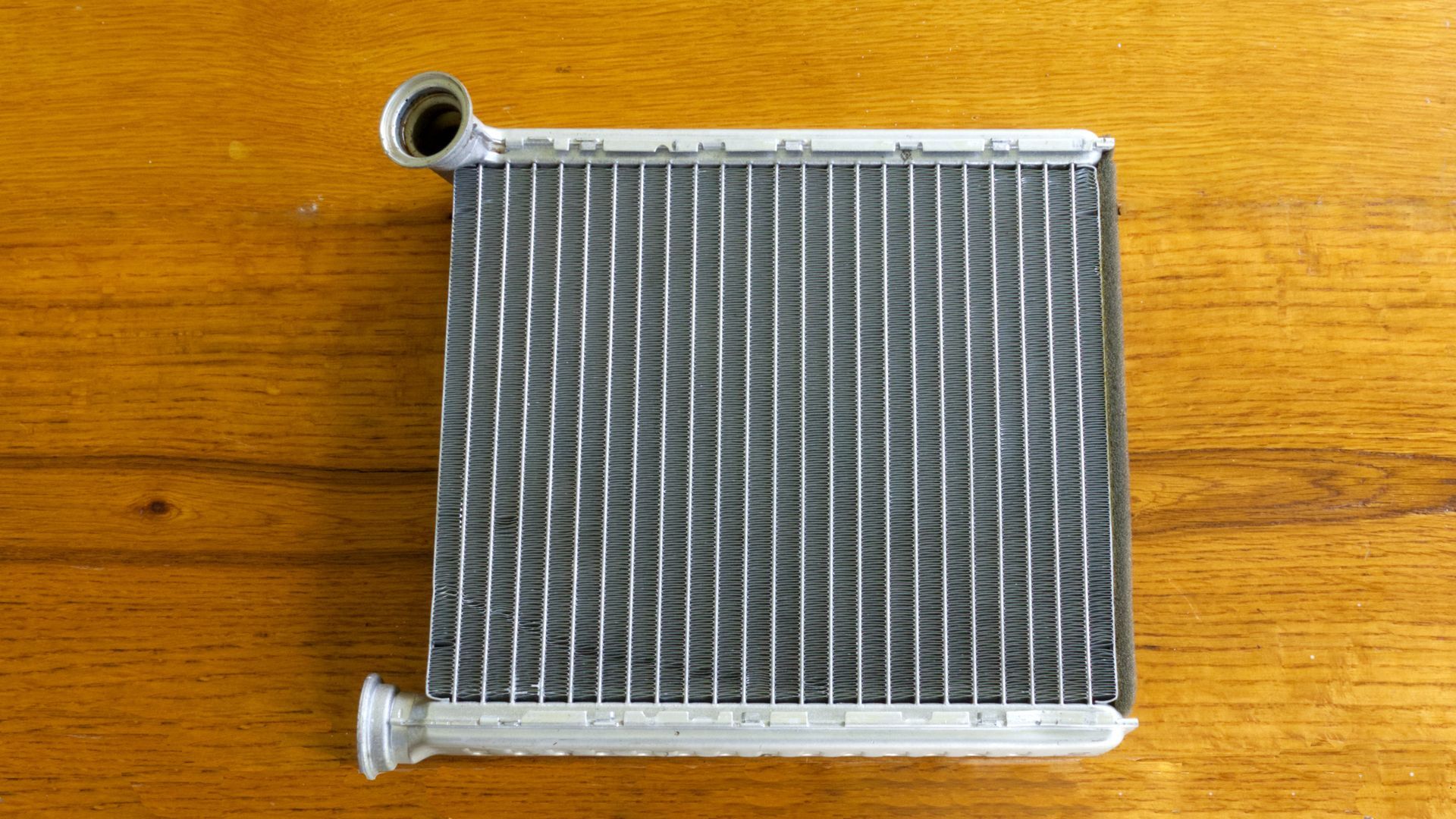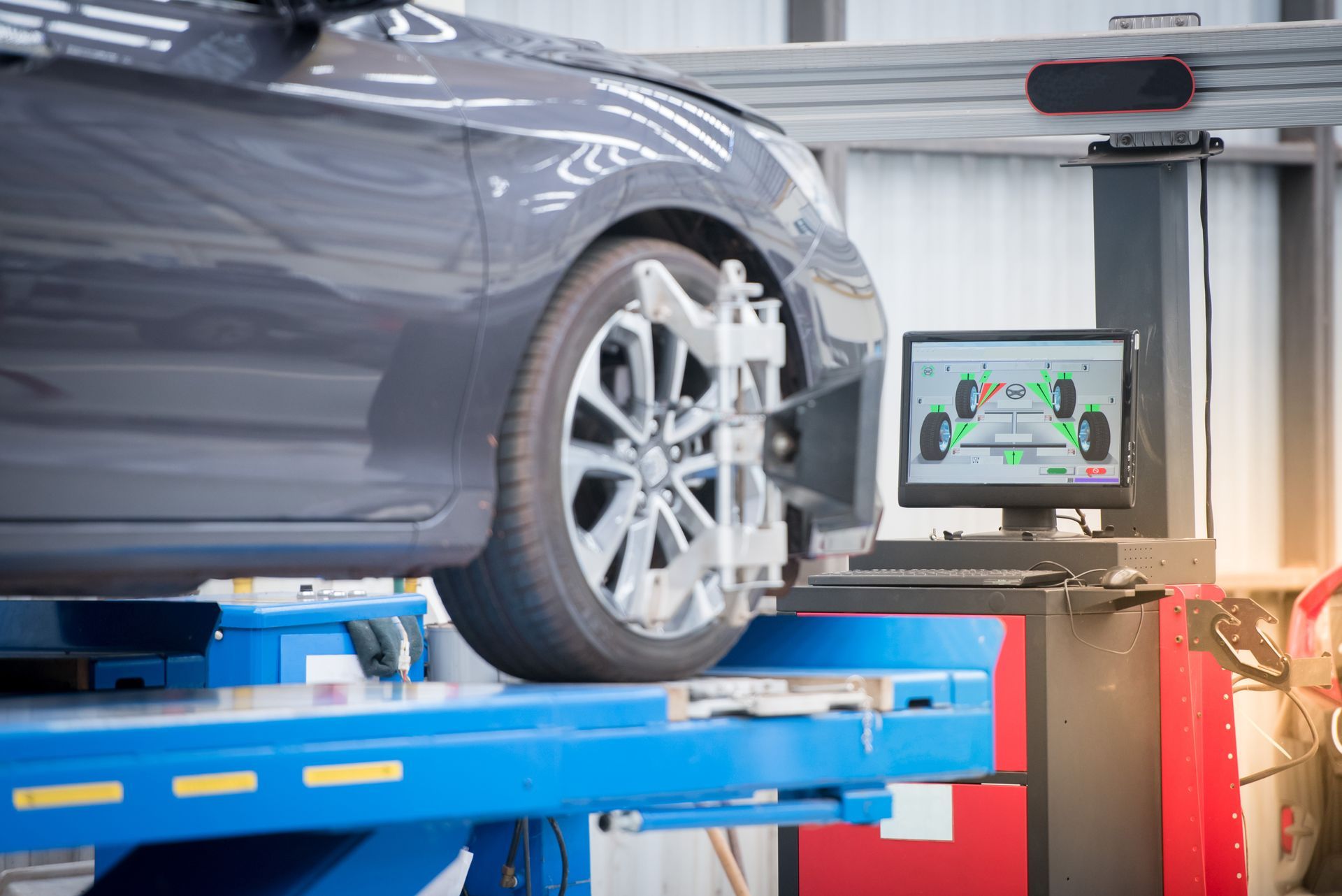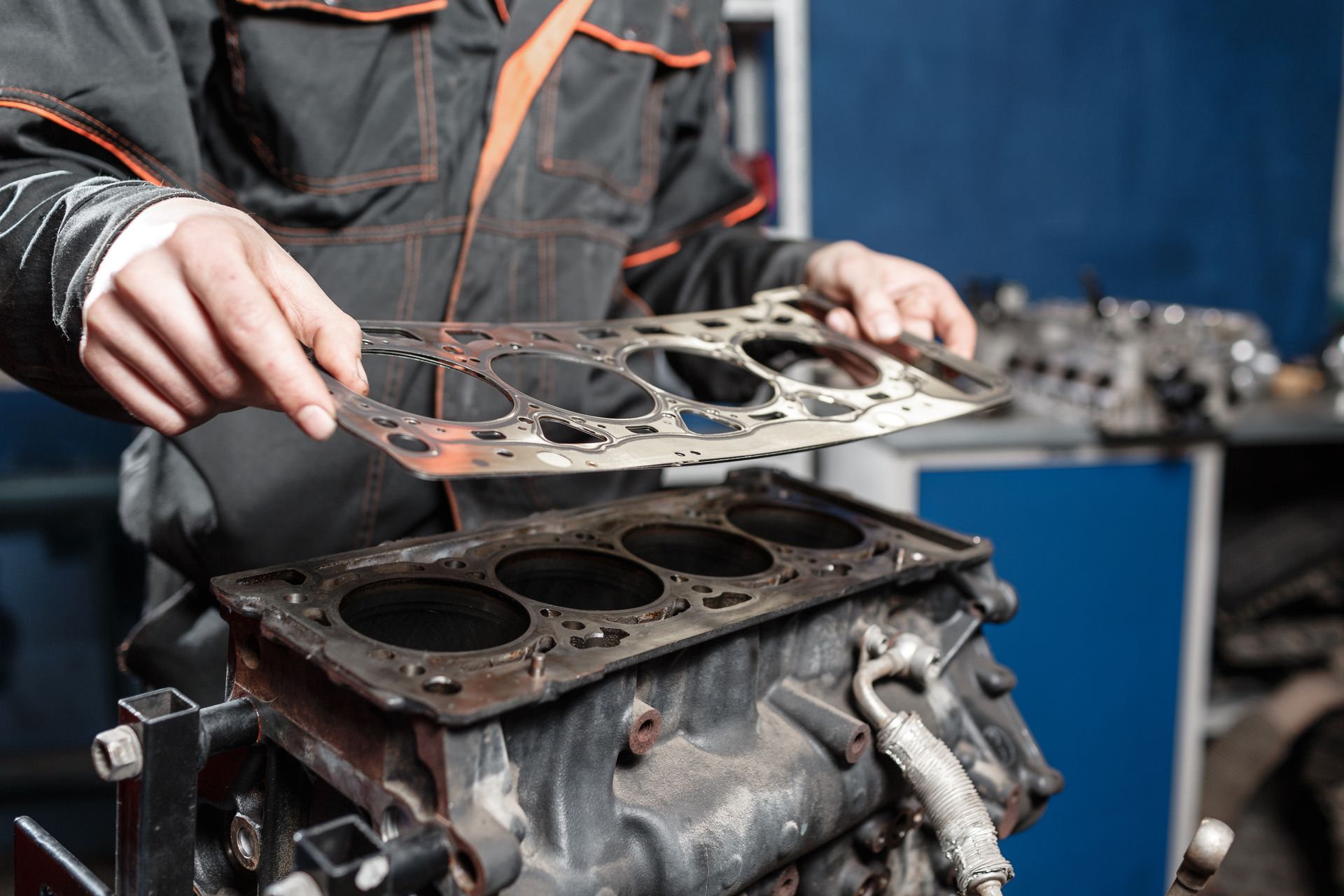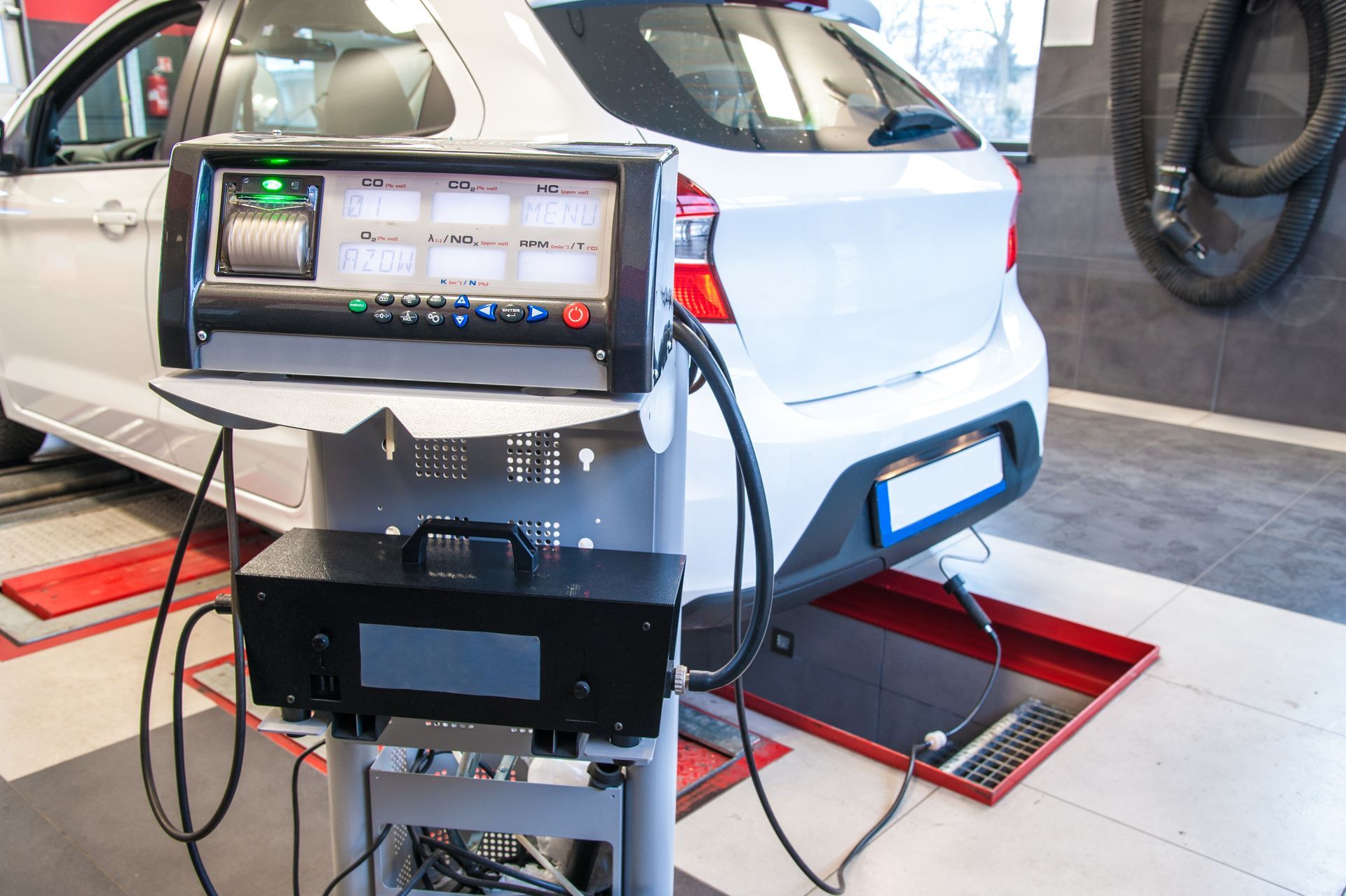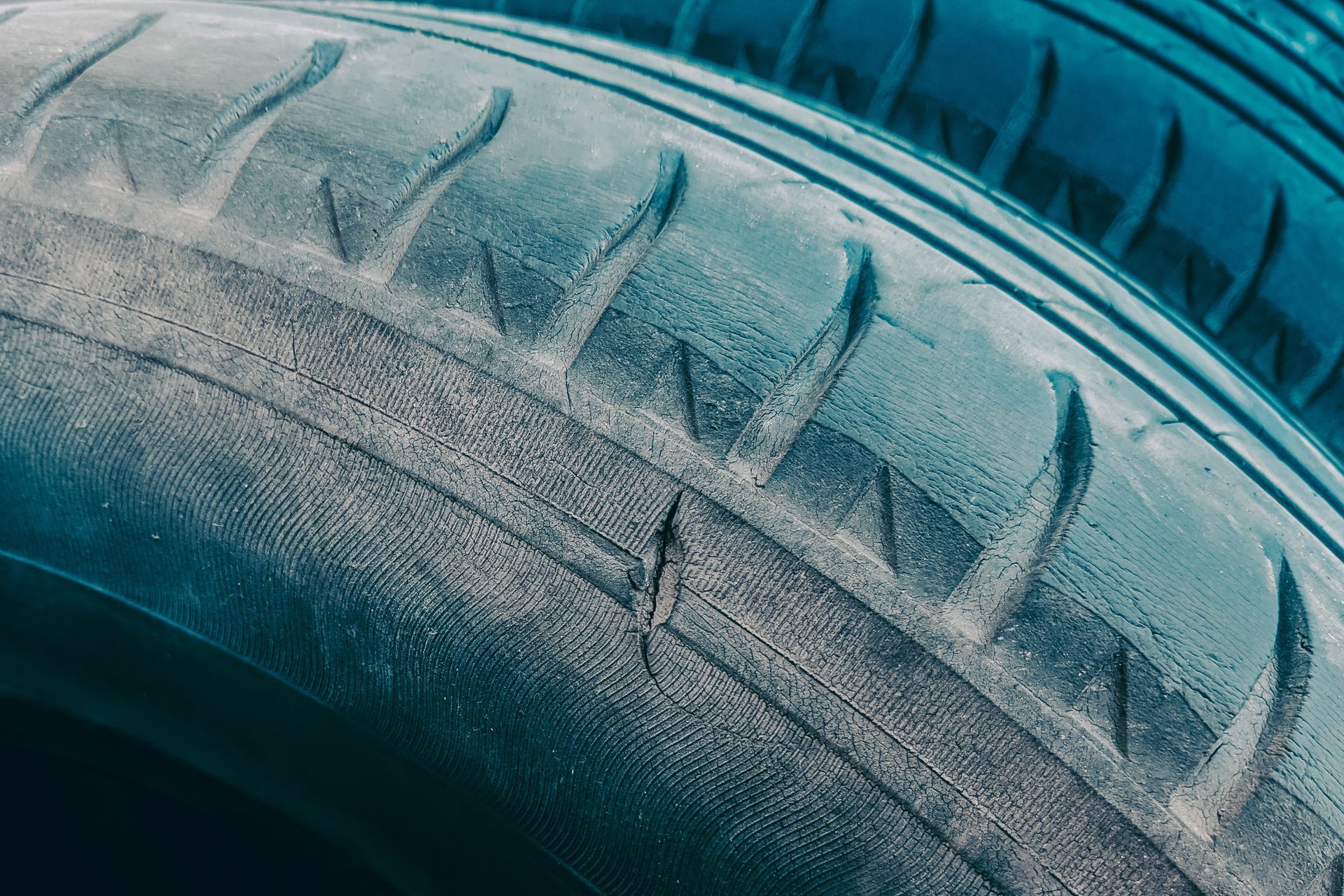Ever wondered how your car's engine translates its power into movement? It's a fascinating process that involves a series of complex components working together. Understanding this can help you appreciate the marvel of automotive engineering and give you insights into maintaining your vehicle better.
The Engine
At the core of your vehicle lies the engine, often referred to as the car's heart. It's responsible for converting fuel into mechanical energy through combustion. This energy is what ultimately propels your car forward. In an internal combustion engine, this process begins with the ignition of a fuel-air mixture in the cylinders, creating small explosions that move the pistons.
The pistons are connected to the crankshaft, and as they move up and down, they turn the crankshaft. This linear motion is converted into rotational motion, which is the first step in transferring power to the wheels. Think of it like pedaling a bicycle: your legs (the pistons) push down, and this motion turns the gears (the crankshaft), propelling you forward.
Transmission
Once the crankshaft is in motion, the power needs to be regulated and controlled before it reaches the wheels. This is where the transmission comes into play. The transmission, also known as the gearbox, manages the engine's speed and torque (rotational force) to ensure smooth acceleration and optimal performance.
There are two main types of transmissions: manual and automatic. In a manual transmission, the driver engages different gears using a clutch pedal and gear stick. This allows for direct control over the power flow. In contrast, an automatic transmission uses a complex system of hydraulic controls, sensors, and computer systems to automatically shift gears based on driving conditions.
Both systems aim to achieve the same goal: to deliver the right amount of power to the wheels while maintaining efficiency. The transmission essentially adjusts the engine's output to match the driving speed and conditions, ensuring that the engine operates within its optimal range.
Driveshaft and Differentials
After the transmission, the driveshaft comes into play. This is a long, rotating tube that transfers the power from the transmission to the differential(s). The driveshaft runs from the transmission to the rear axle in rear-wheel-drive vehicles. In front-wheel-drive cars, the transmission directly powers the front wheels through the transaxle, which combines the transmission and differential in one unit.
The differential is a crucial component that allows the wheels to rotate at different speeds, particularly important when turning. When your car makes a turn, the outside wheels need to cover more distance than the inside wheels. The differential adjusts the power distribution, ensuring a smooth turn without wheel slip or damage.
In all-wheel-drive (AWD) and four-wheel-drive (4WD) vehicles, multiple differentials and transfer cases manage power distribution to all four wheels, enhancing traction and stability on various terrains.
Axles and Wheels
The final leg of the journey involves the axles and wheels. The axles connect to the differential, and their main job is to deliver power to the wheels. They also bear the vehicle's weight and play a role in the suspension system, which absorbs shocks from the road.
Each wheel is mounted on an axle, and when power reaches the axle, it causes the wheels to rotate, moving the car forward or backward. The steering system controls this movement, adjusting the direction of the front wheels (and sometimes rear wheels) to guide the vehicle.
The Role of the Clutch and Torque Converter
In manual transmissions, the clutch is a vital component that disconnects the engine from the transmission to allow for smooth gear changes. Pressing the clutch pedal disengages the engine's power, enabling you to shift gears without grinding.
In automatic transmissions, a torque converter performs a similar function but without the need for a clutch pedal. It uses fluid coupling to transfer power, allowing the engine to spin somewhat independently of the transmission. This provides smooth acceleration and seamless gear changes, contributing to a more comfortable driving experience.
Experiencing
trouble with your car's performance?
Gibbon Tire and Auto has you covered with expert diagnostics and repair. Schedule your appointment now!

